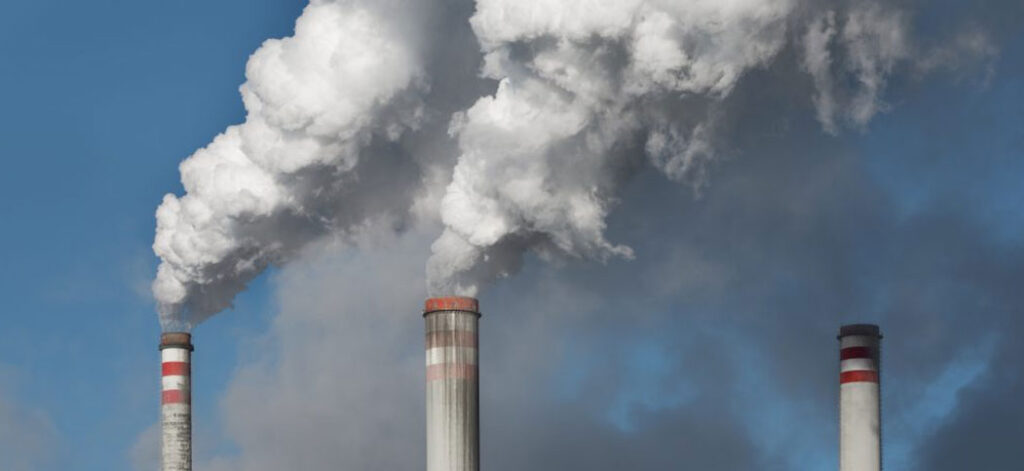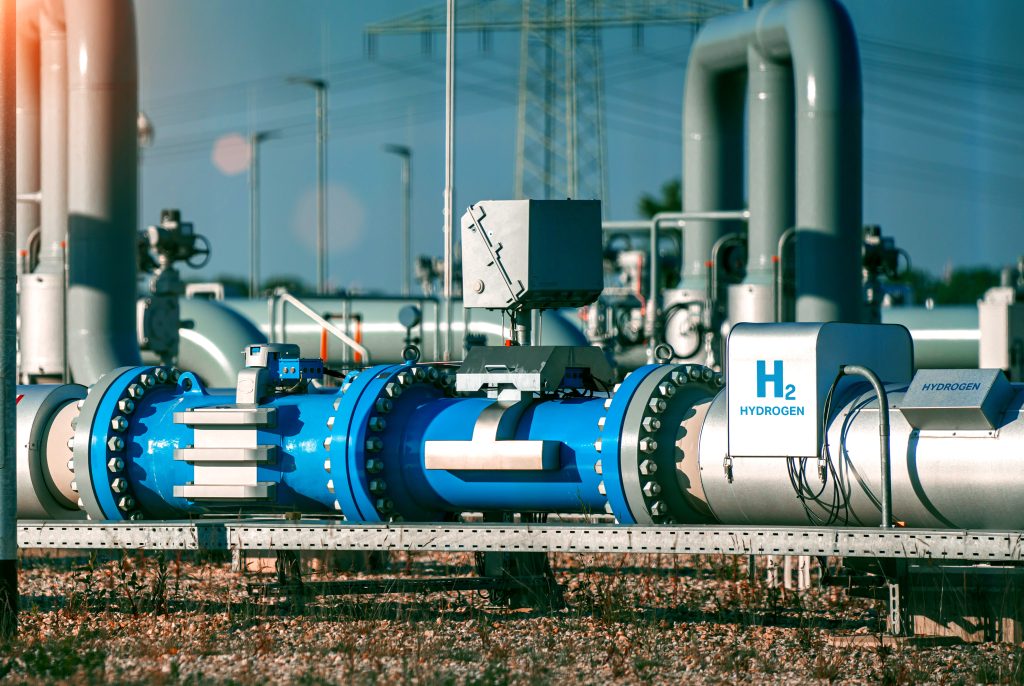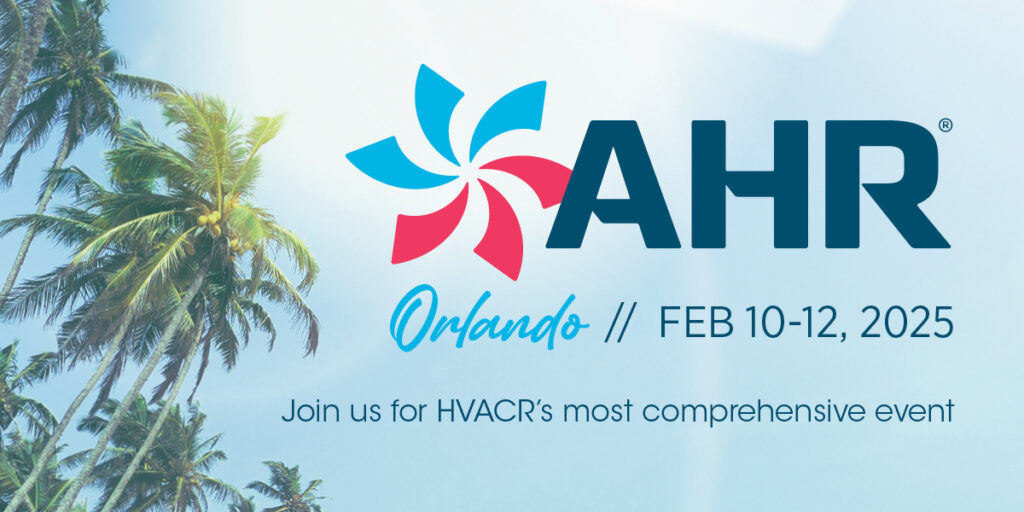Die entstehenden Gase und Dämpfe haben unter vielen Umständen schädliche Auswirkungen auf Arbeitnehmer, die ihnen durch Einatmen, Absorption über die Haut oder Verschlucken ausgesetzt sind. Viele giftige Stoffe sind bereits in Konzentrationen von 1ppm (parts per million) gesundheitsgefährdend. Wenn man bedenkt, dass 10.000 ppm 1 % des Volumens eines Raumes entsprechen, wird deutlich, dass eine extrem niedrige Konzentration einiger giftiger Gase eine Gefahr für die Gesundheit darstellen kann.
Gasförmige Giftstoffe sind besonders gefährlich, weil sie oft unsichtbar und/oder geruchlos sind und sich physikalisch schwerer vermeiden lassen als Flüssigkeiten oder Feststoffe. Ihr physikalisches Verhalten ist nicht immer vorhersehbar: Umgebungstemperatur, Druck und Lüftungsmuster beeinflussen das Verhalten eines Gaslecks erheblich. Schwefelwasserstoff zum Beispiel ist besonders gefährlich; obwohl er bei Konzentrationen über 0,1 ppm einen sehr charakteristischen Geruch nach faulen Eiern" hat, führt eine Exposition gegenüber Konzentrationen von 50 ppm oder mehr zu einer Lähmung der Geruchsnerven, wodurch der Geruchssinn inaktiv wird. Dies wiederum kann zu der Annahme führen, dass die Gefahr gebannt ist. Eine längere Exposition gegenüber Konzentrationen über 50 ppm kann andere Symptome hervorrufen und in extremen Fällen zu Lähmungen und zum Tod führen.
Die Definitionen für die maximalen Expositionskonzentrationen toxischer Gase sind je nach Land unterschiedlich. Die Grenzwerte sind im Allgemeinen zeitlich gewichtet, da die Auswirkungen der Exposition kumulativ sind: Die Grenzwerte legen die maximale Exposition während eines normalen Arbeitstages und für kürzere Zeiträume bis zu 15 Minuten oder weniger fest.
BRANCHENEINBLICKE
Melden Sie sich an, um die neuesten Erkenntnisse zu erhalten
IN Ihrem Posteingang
Lesen Sie hier über Crowcon's Datenschutz- und Cookie-Richtlinie hier. Wenn Sie Ihre Meinung ändern, können Sie sich jederzeit abmelden






